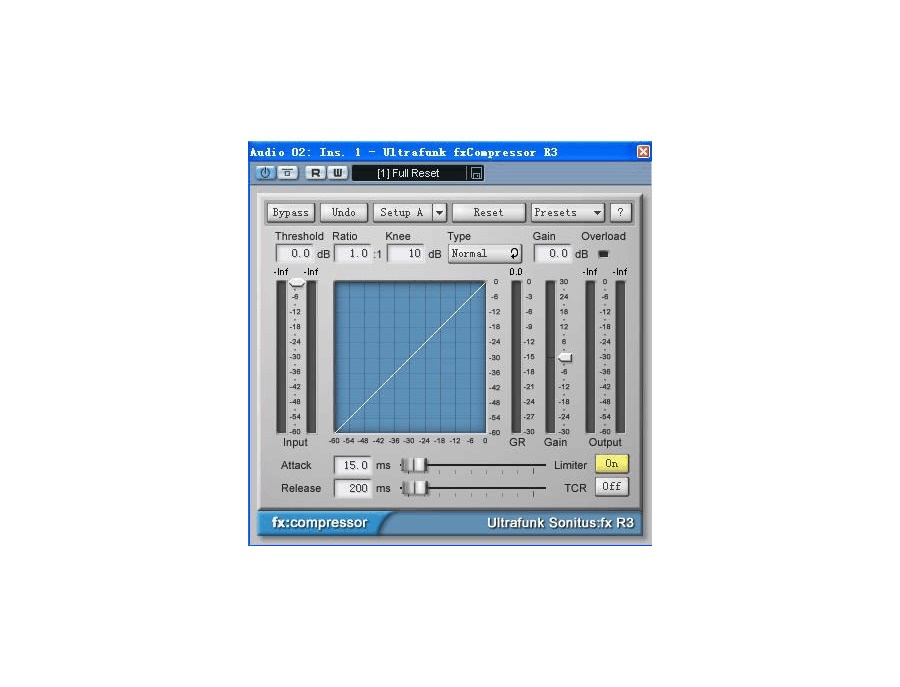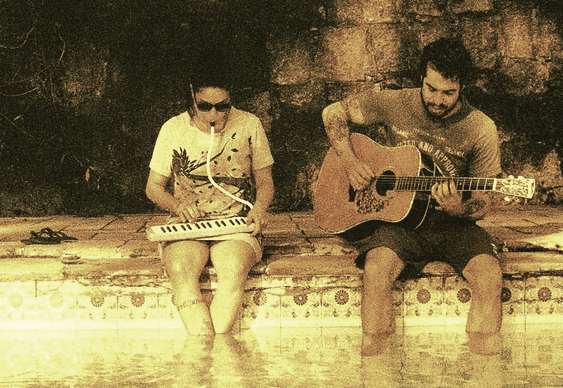A simple layout would be like this The file name can be derived from the top and traversing down, like user. Thus this should be the recommended way. Then use tools to populate into databases and to the test cases, one of the tools is DbUnit. Since normally these dtd files are not changed, this compromise is OK. The difference between them is where to load the data, if we load from external files, ANT scripts, dbunit XML files, then the data is not in the same place where we need to verify the result from DAO class, i.
| Uploader: | Kelmaran |
| Date Added: | 12 March 2004 |
| File Size: | 37.53 Mb |
| Operating Systems: | Windows NT/2000/XP/2003/2003/7/8/10 MacOS 10/X |
| Downloads: | 4227 |
| Price: | Free* [*Free Regsitration Required] |
Download ibatis JAR 2.3.8 with all dependencies
Thus this should be the recommended way. Because of this and Spring has a better exception ibatjs, a great transaction handling, we are going to use Spring from now on.
Finally, putting the testing databases in a known state, i. There are two ways to do the fixture, one is to use a static block in a TestCase, another is to use TestSetup class to wrap test cases.
Normally, each table corresponds to an object class. Another approach is to externalize both the sample data and verification data, i.
Spring and iBATIS notes _百度文库
All the StoredProcedure subclasses are created in this class, they are compiled and reused for all the database calls everytime we call it, we may pass in different values. The same goes to special type conversion, such as java.

Here is a simple User class. There are scenarios where we have to be very careful about these RuntimeExceptions, especially when they interrupt the normal execution flow without cleanups. So keep these documents handy.
Change the data source in the file sqlMapConfig. Make sure the db2 client and server have compatible versions. Here is the change we need to make in the testing class: SQL code is externalized.

If you use jdk1. We will talk about stored procedures, but you could use plain SQL statements.
Download ibatis-sqlmap JAR 2.3.4.726 with all dependencies
However, under certain circumstance, e. This selectKey would work with the insert statement in a transaction on the same connection. Before Spring and other lightweight containers come into play, we used a DAO factory and a manager to manage datasource and transactions, there were a lot of plumbing code.
We may use org. However, in some cases, e. This is merely my notes in my exploration; I reference other resources, books, forums, java docs, samples, source code, and etc; they are copyrighted by their authors, explicitly or implicitly.
Download ibatis-sqlmapjar : ibatis « i « Jar File Download
A simple layout would be like this The file name can be derived from the top and traversing down, like user. It would be better if we give different names for different cases: If we want to switch to a different database, we need to change: If you use a different database, you might need to change the syntax e.
Basically, we use TestSetup class to inject the dependency into the TestCase class. I just save it, as dao-ibatis-sp. Nested Exceptions are convenient too. The benefit of injecting JdbcTemplates is that we can customize this class, e.
Here are some troubleshooting points from me and other users: One note is that the order of entries in this file is significant. DAOs are in the business, not dabase layer so we are more conformal to the DIP Dependency Inversion Principleconcrete implementation depends on the abstraction, not the other way around.
On a second thought, another approach to implement the UserDao is to utilize this JdbcTemplate with callback classes, this would be conformal to the SqlMapClientDaoSupport class where we use sqlmapClientTemplate. Now you should get a taste on how flexible and extensible Spring is.




























